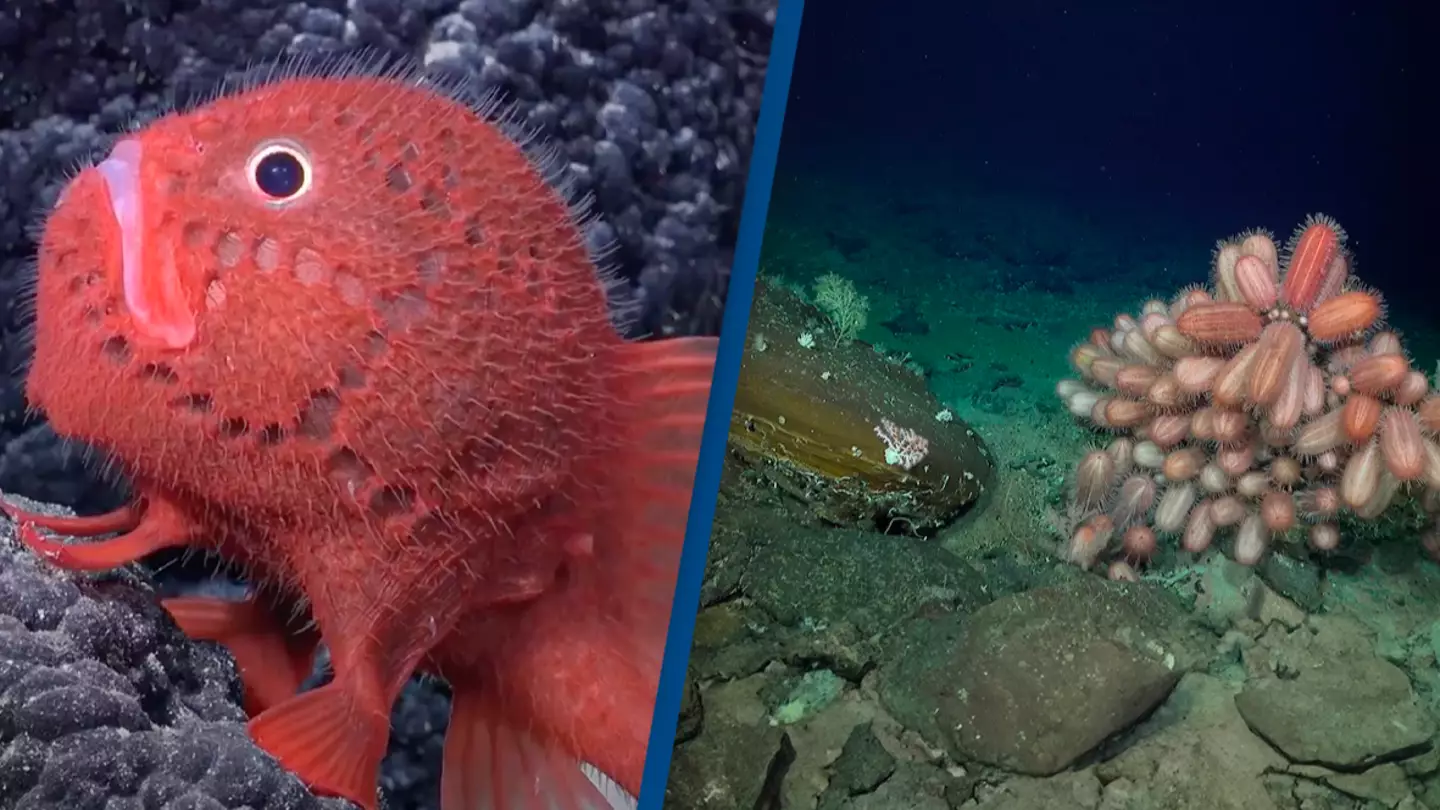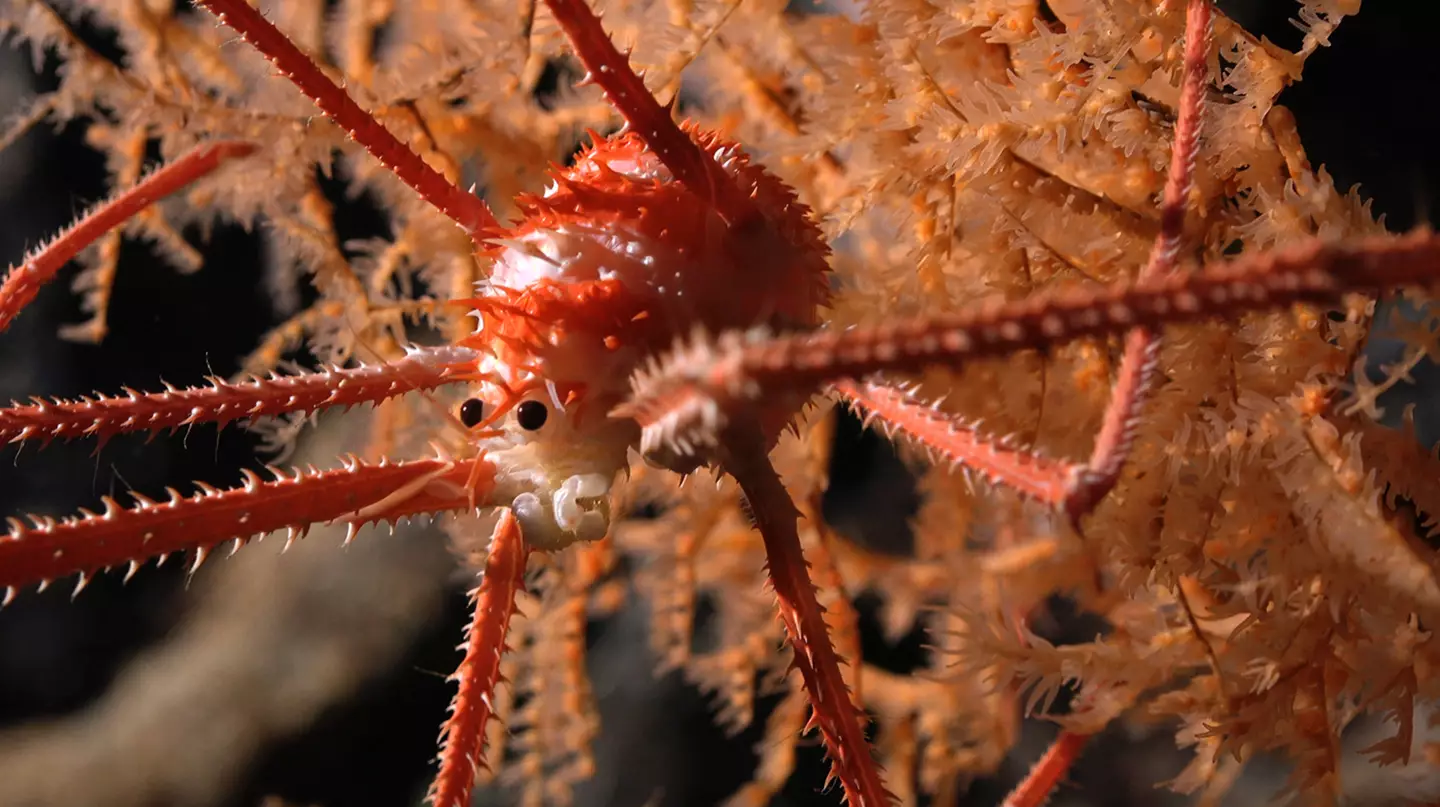
In exciting developments, more than 100 new species may have been discovered on an underwater mountain chain near Chile.
While scientific studies can help us learn more about space and our solar system, experts are always on hand to uncover more surrounding things closer to home.
A recent Schmidt Ocean Institute expedition, which consisted of a team of international researchers led by Dr Javier Sellanes of the Universidad Católica del Norte, took a closer look at seamounts off the coast of Chile and confirmed an abundance of life there.
Advert
Among the new species found as part of the expedition were corals, glass sponges, sea urchins, amphipods and lobsters.

The group explored the seamounts along the Nazca and Salas y Gómez Ridge, a 2,900-kilometer-long underwater mountain chain consisting of more than 200 seamounts from offshore Chile to Rapa Nui - otherwise known as Easter Island.
Scientists manoeuvred inside and outside of Chile's jurisdiction, something that allowed them to collect data that could support the designation of an international high-seas marine protected area.
Advert
On top of all that, they explored two of Chile’s marine protected areas - the Juan Fernandez and Nazca-Desventuradas marine parks.
READ MORE
NEW SPECIES OF SEA MONSTER HAS 20 ARMS AND LOOKS LIKE FACEHUGGER FROM ALIEN MOVIE
SCIENTISTS BELIVE THEY MIGHT HAVE FOUND A NEW SPECIES OF HUMAN
Advert
The experts used an underwater robot to help with their expedition. The machine is capable of descending to depths of 4,500 meters, subsequently allowing data to be collected from ten seamounts that will be used to advance Chile’s marine protection efforts.
It was quickly found that each seamount hosted distinctive ecosystems, though many of them were seen as vulnerable, including deep-sea coral reefs and sponge garden.

The scientists are currently analyzing all of the data and genetics of the specimens that they believe are new to science to establish if they are, in fact, new species.
Advert
“We far exceeded our hopes on this expedition. You always expect to find new species in these remote and poorly explored areas, but the amount we found, especially for some groups like sponges, is mind-blowing,” said Dr Sellanes.
“These thriving and healthy ecosystems indicate that the Nazca-Desventuradas and Juan Fernández Marine Parks effectively protect delicate marine habitats.”
While Schmidt Ocean Institute Executive Director Dr Jyotika Virmani, added: "Full species identification can take many years, and Dr Sellanas and his team have an incredible number of samples from this amazingly beautiful and little-known biodiversity hotspot."